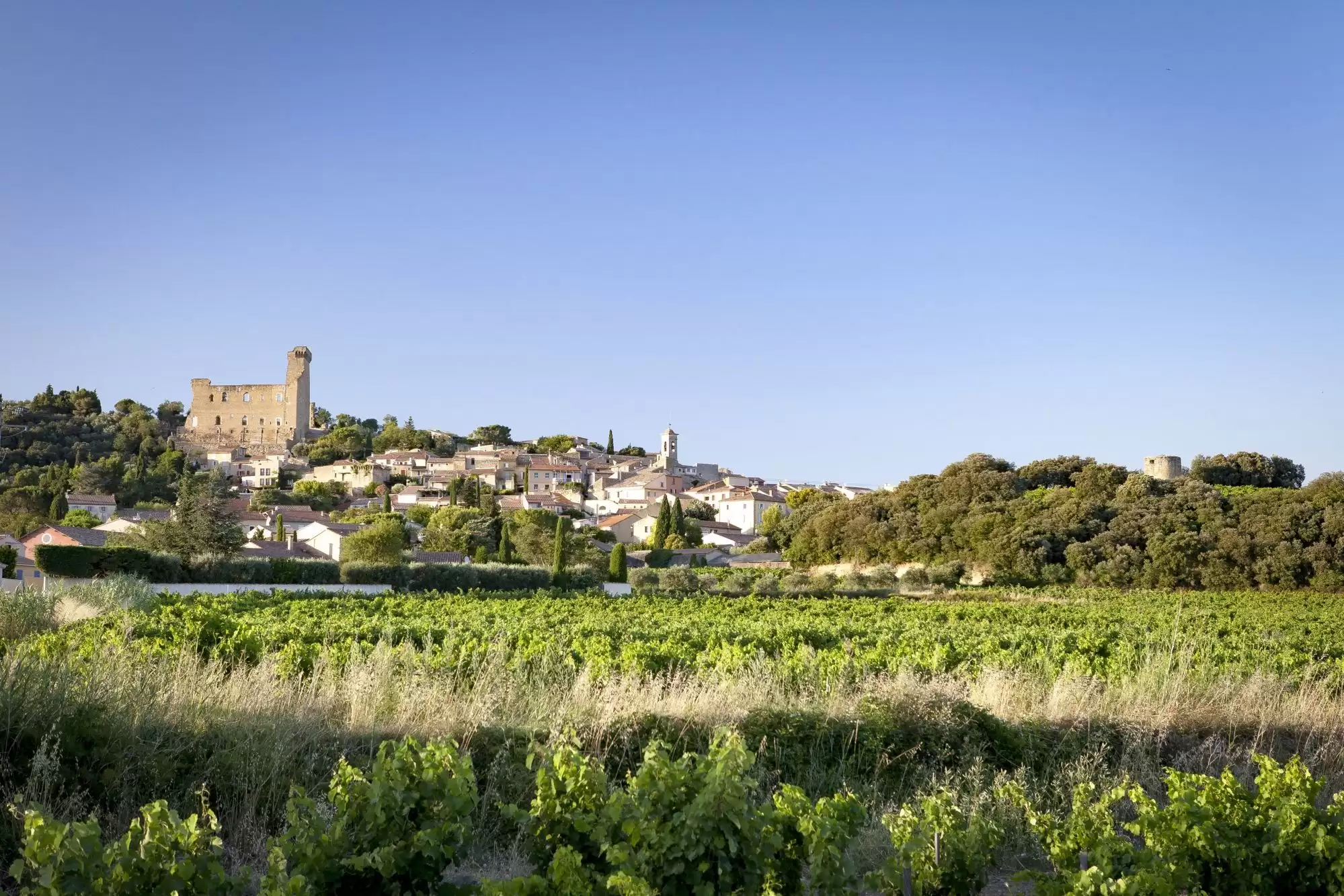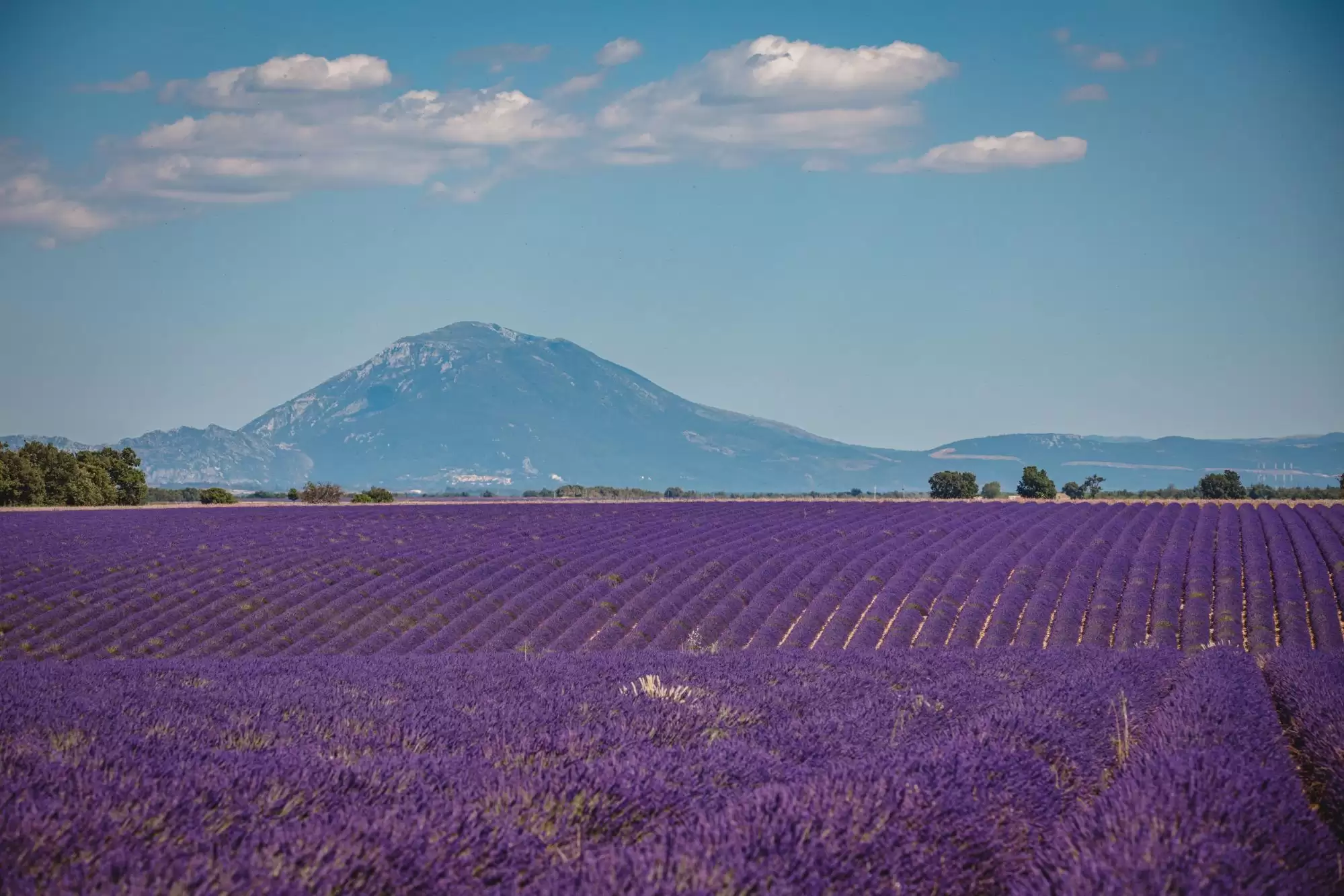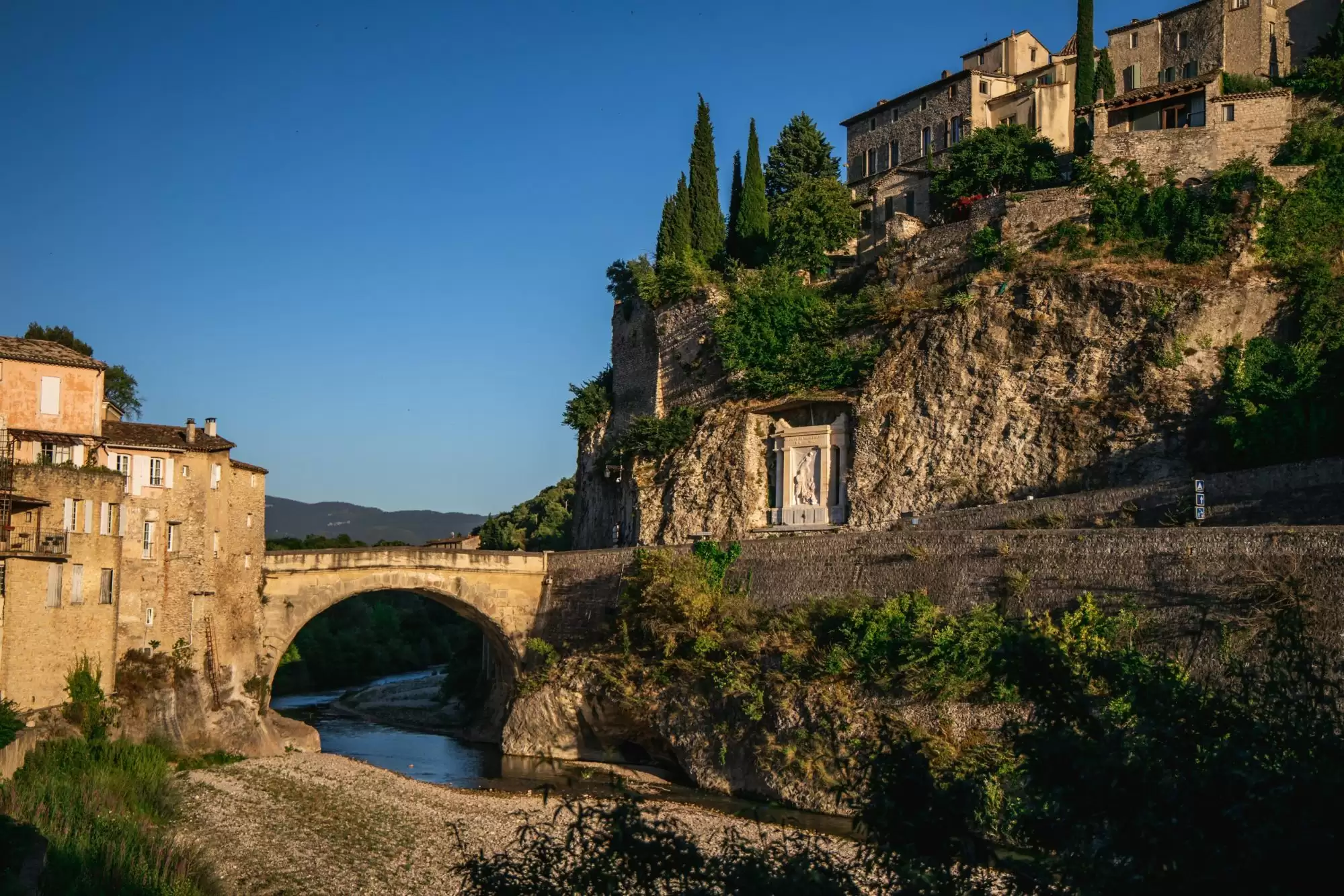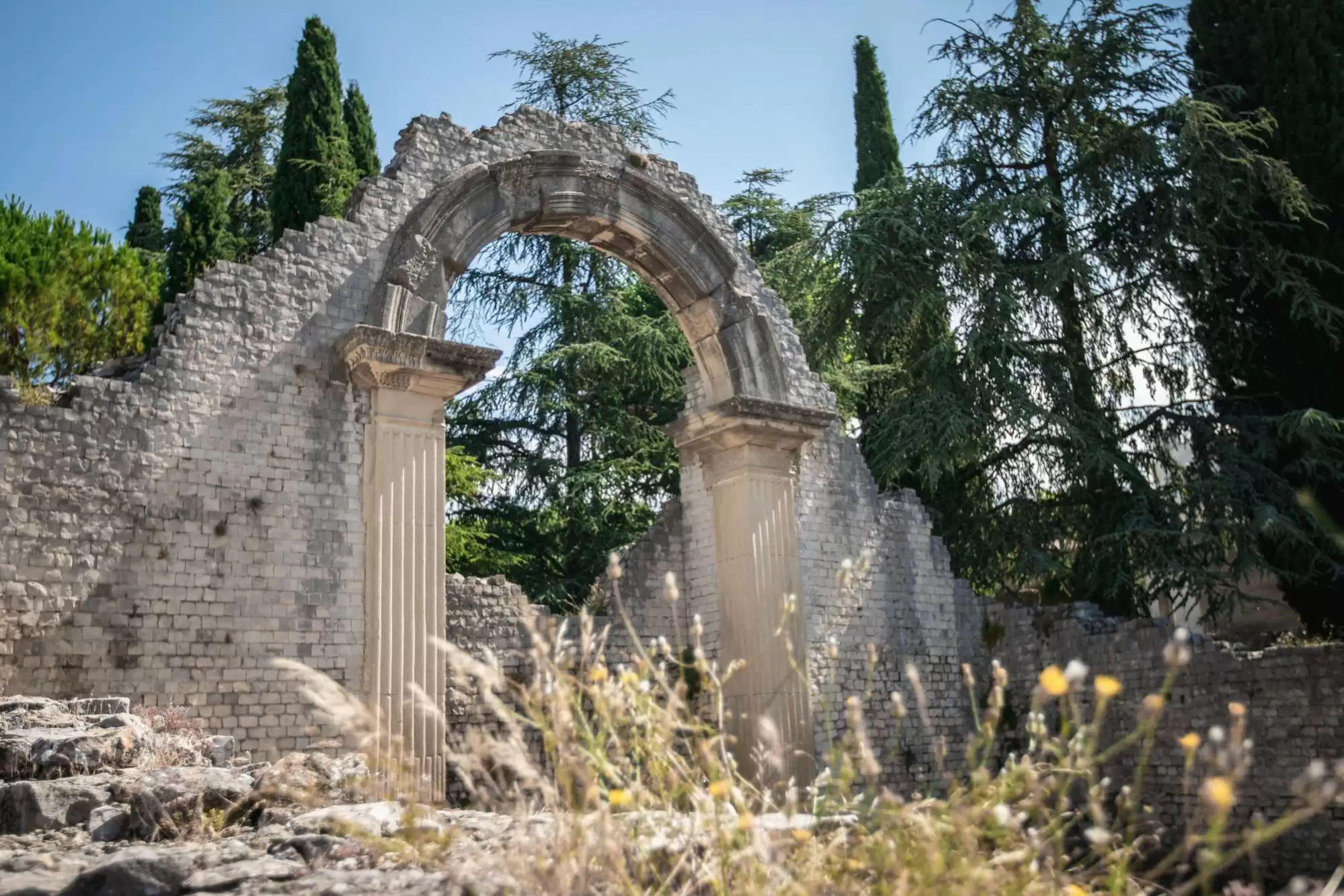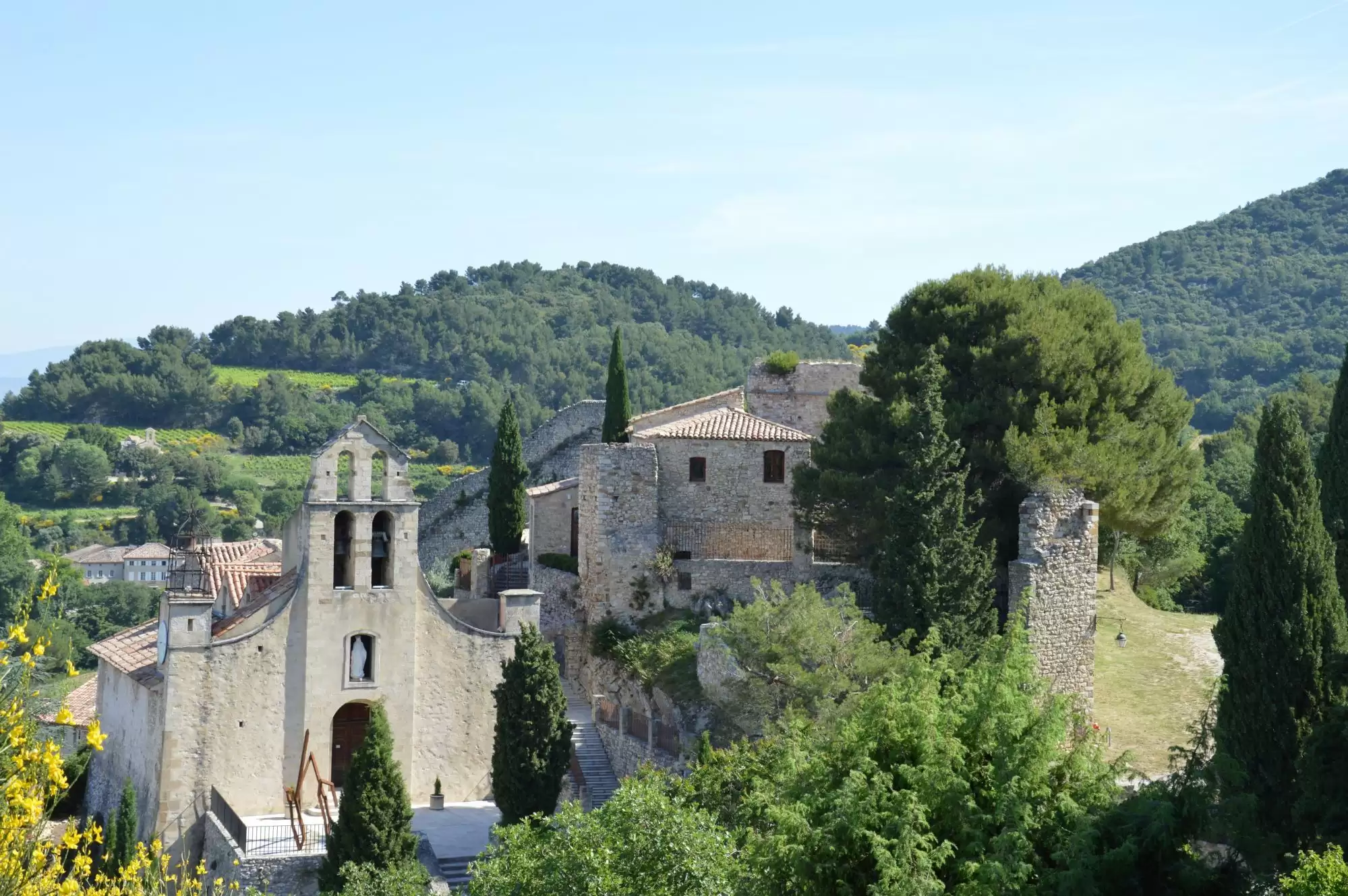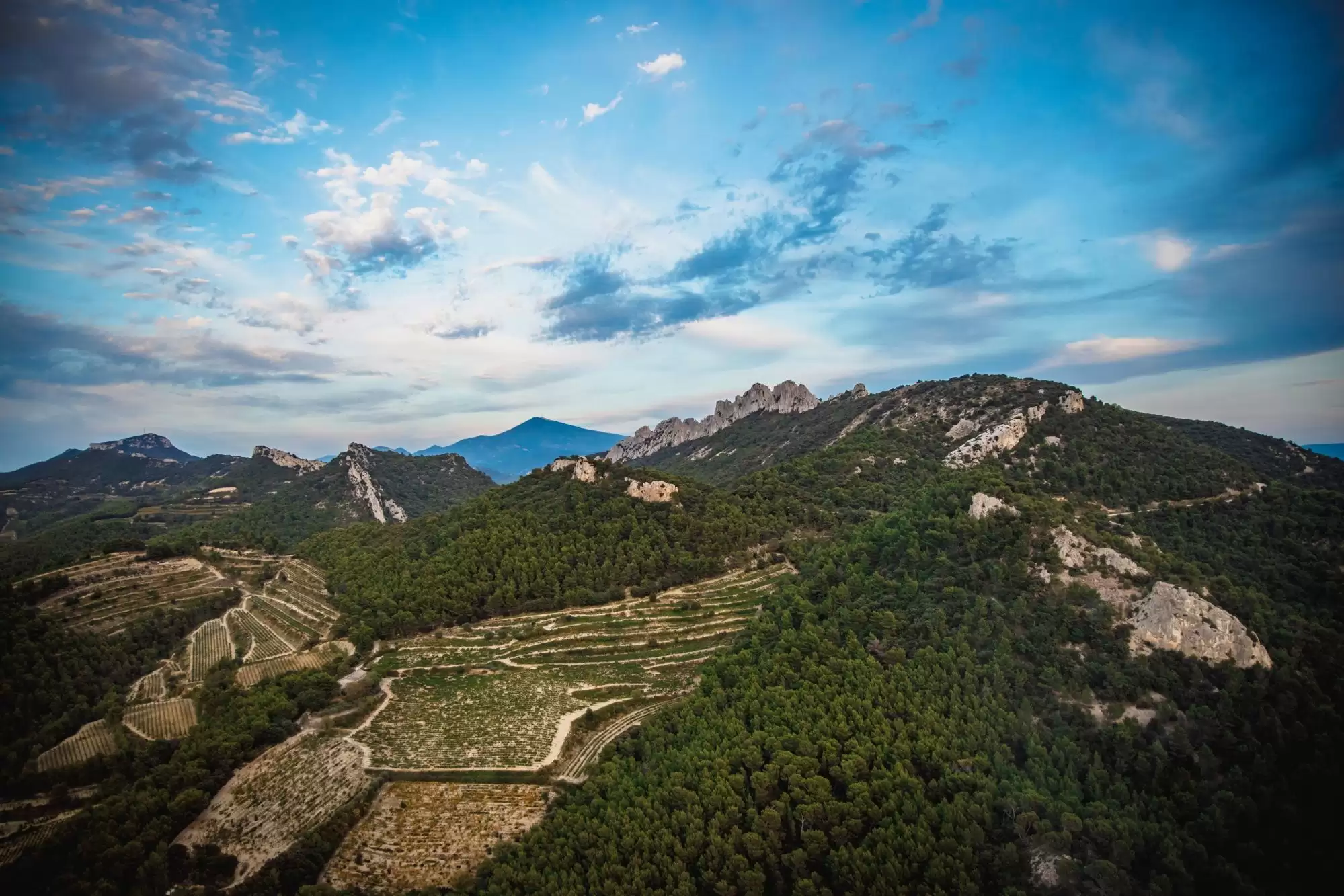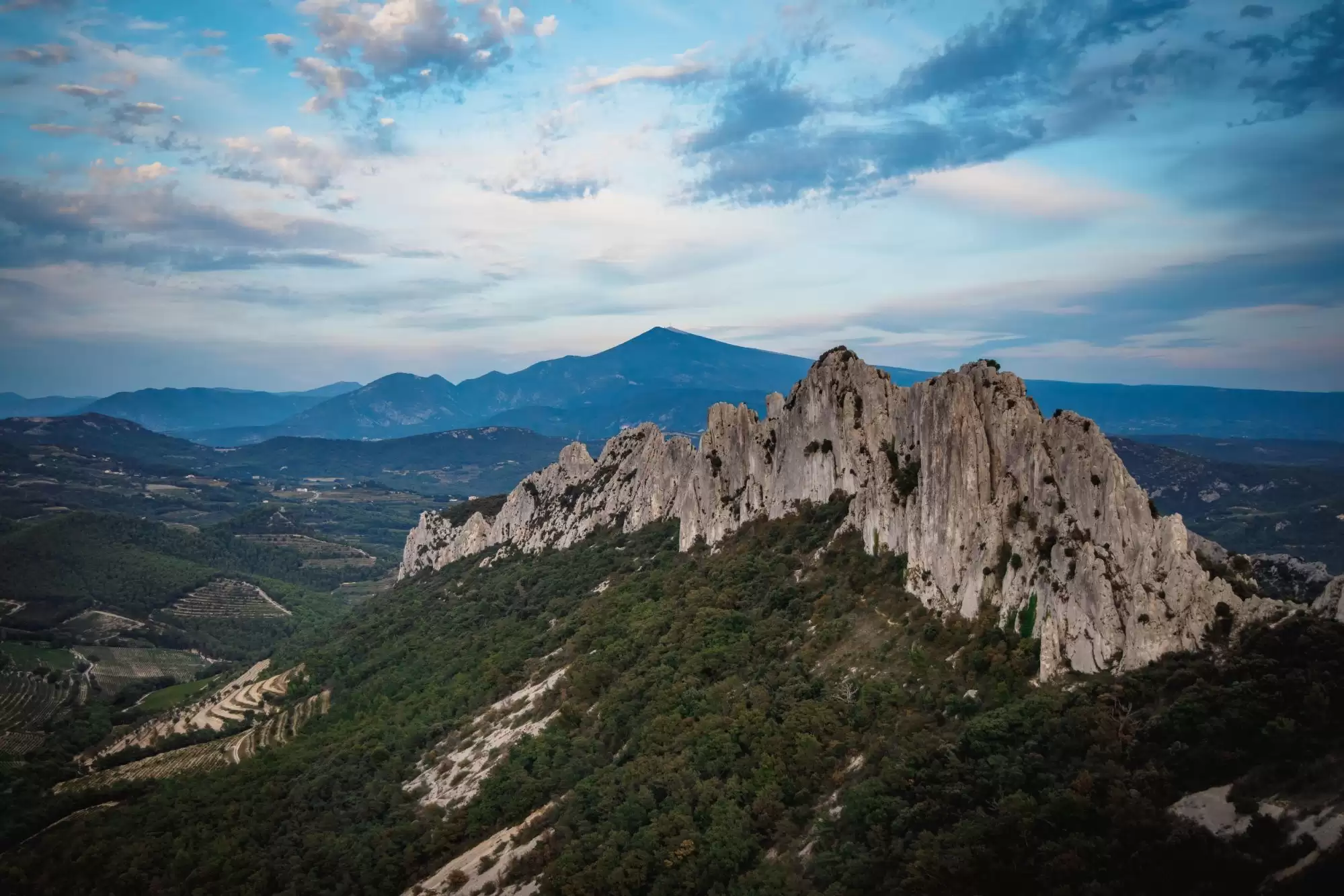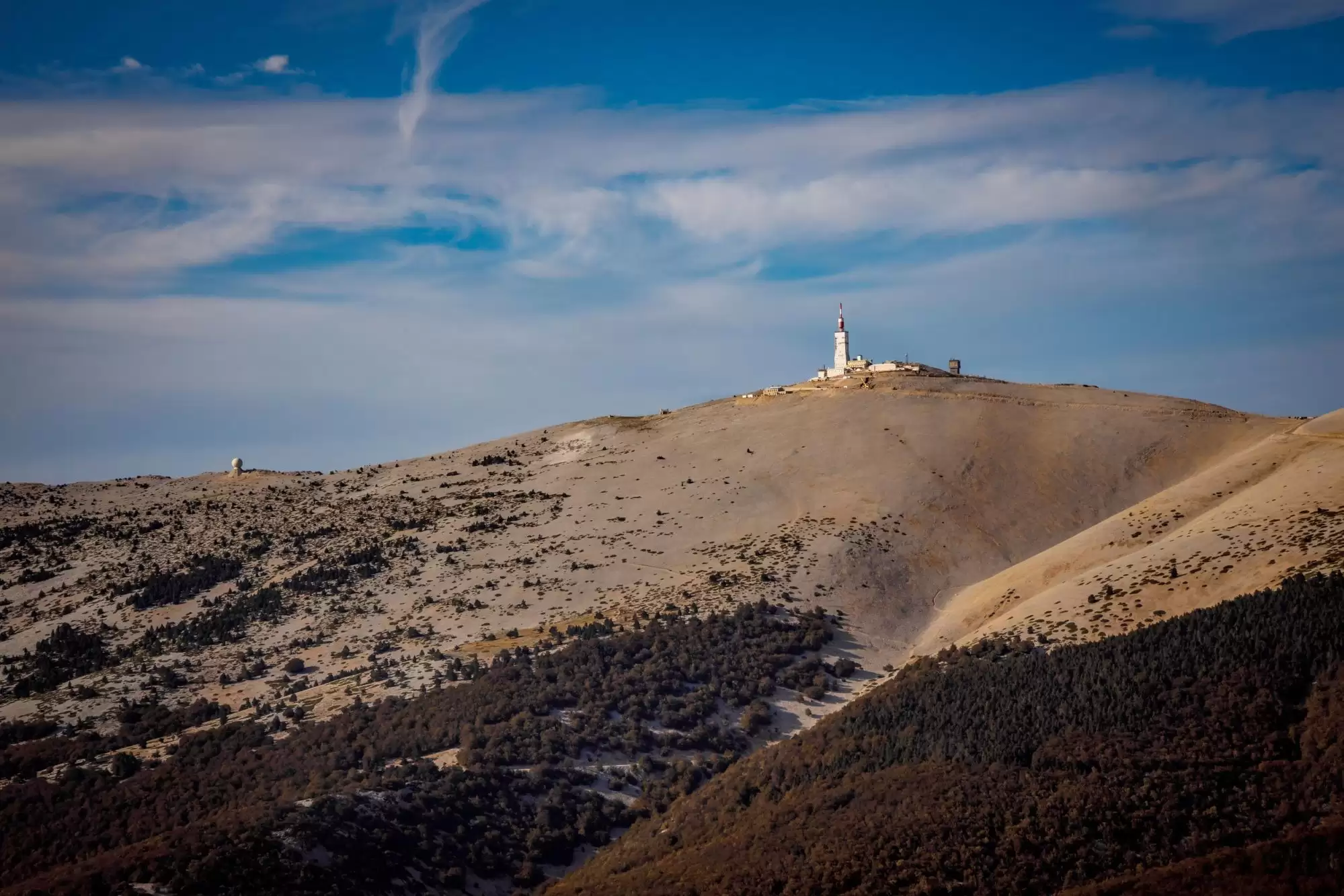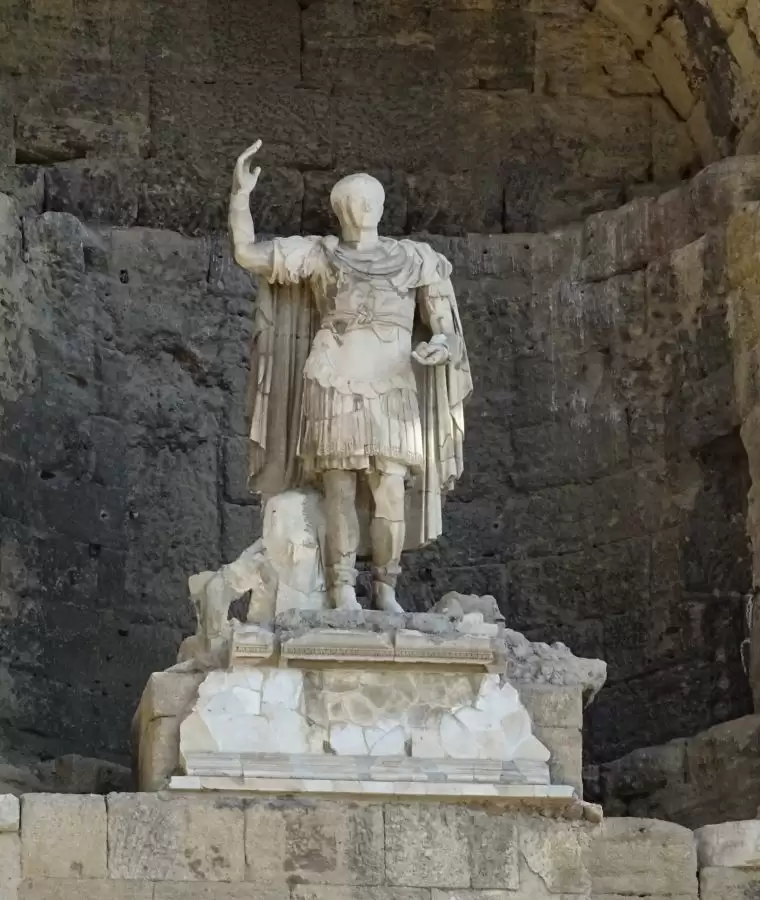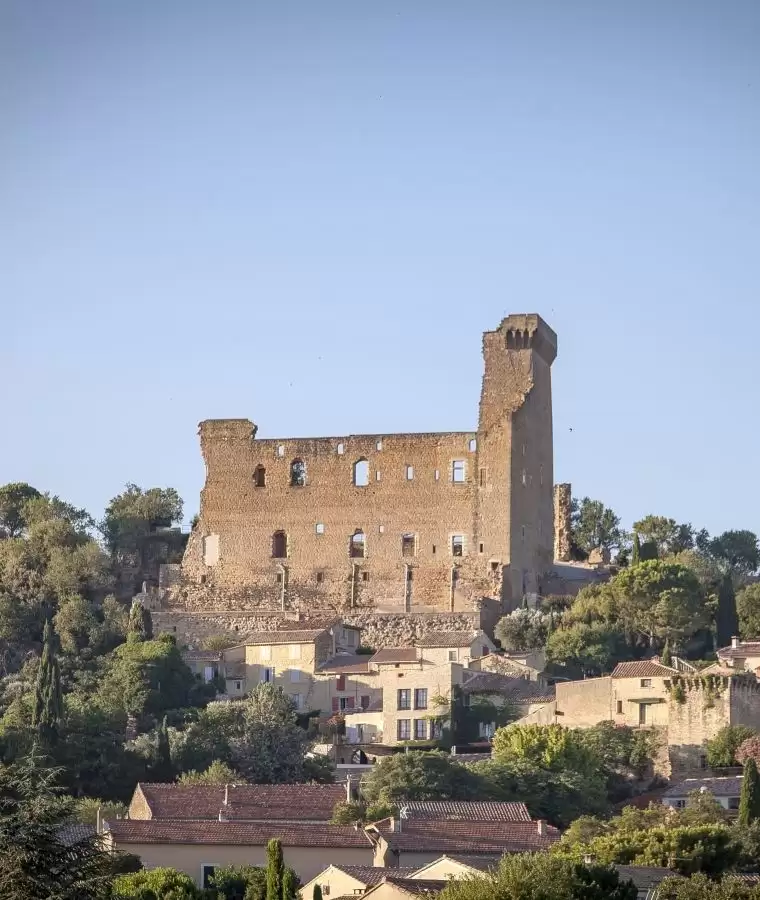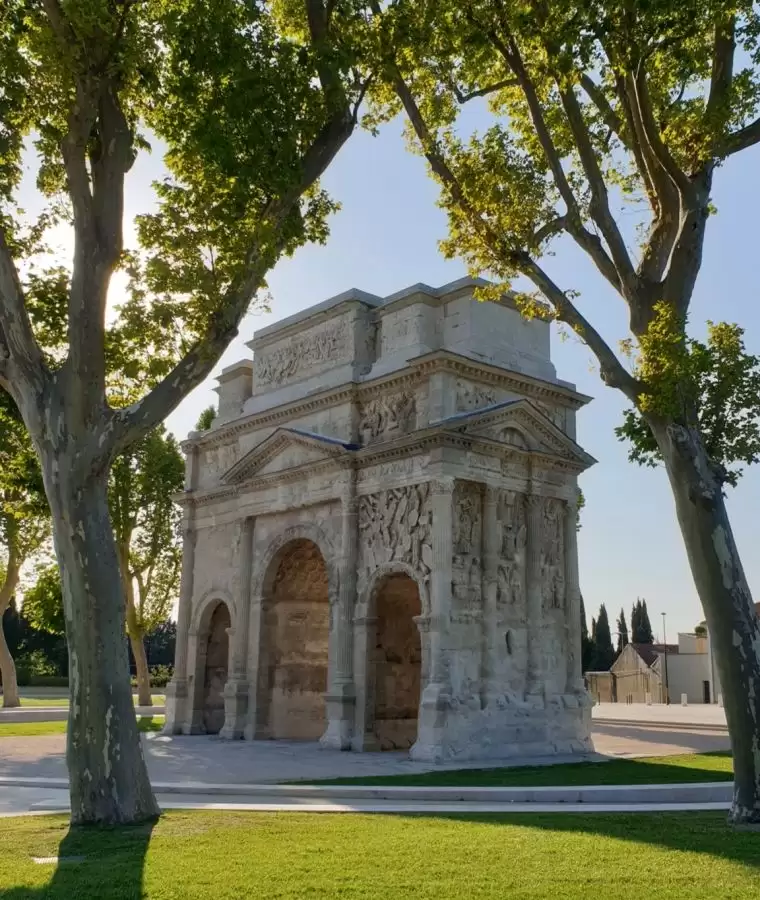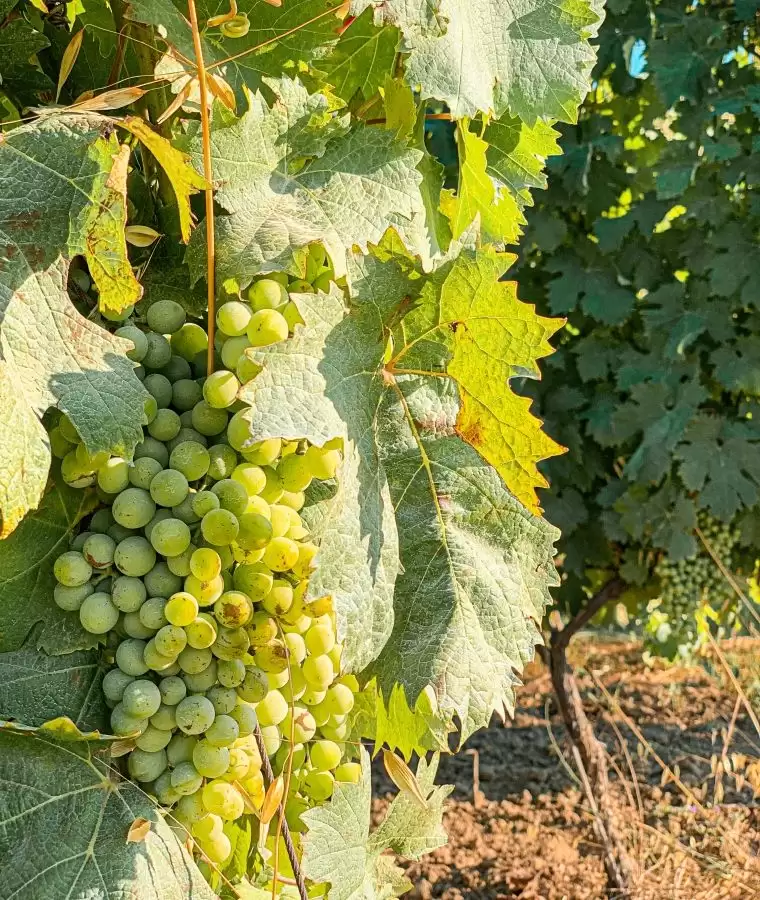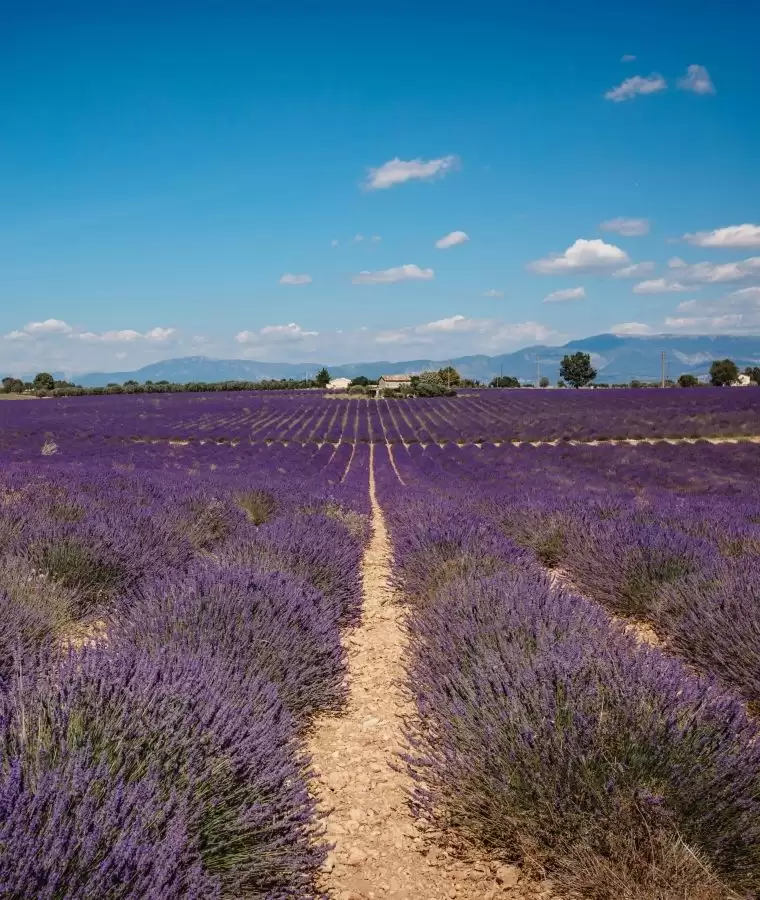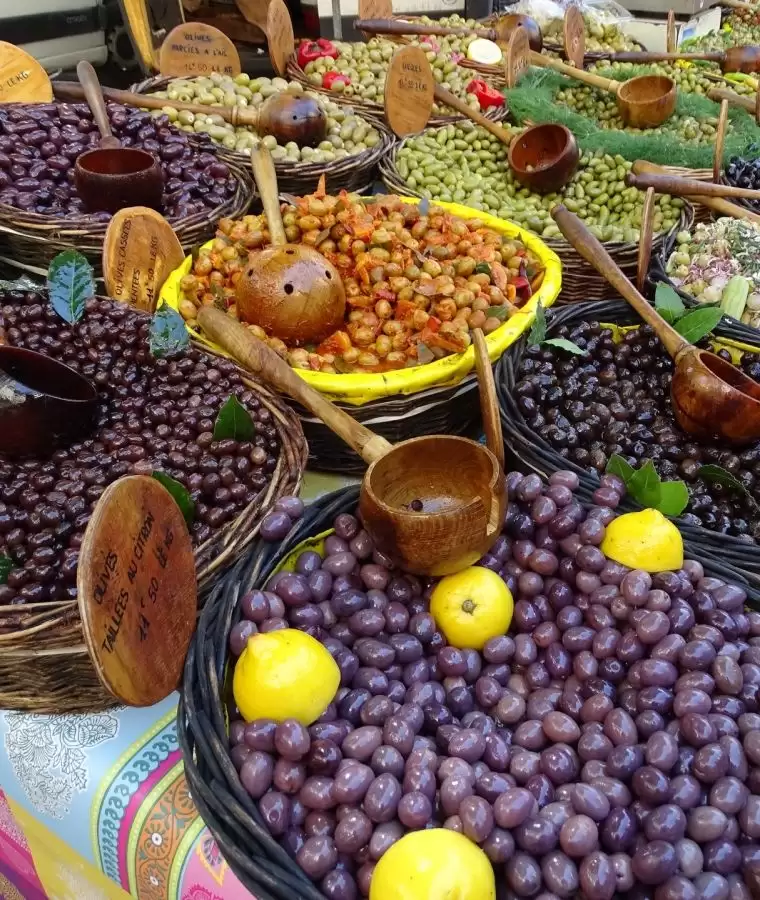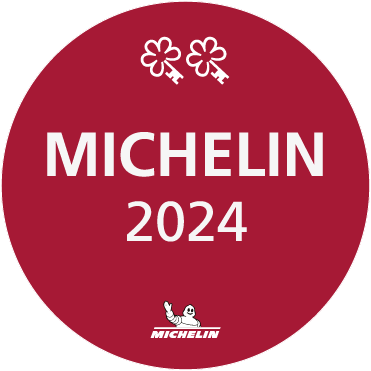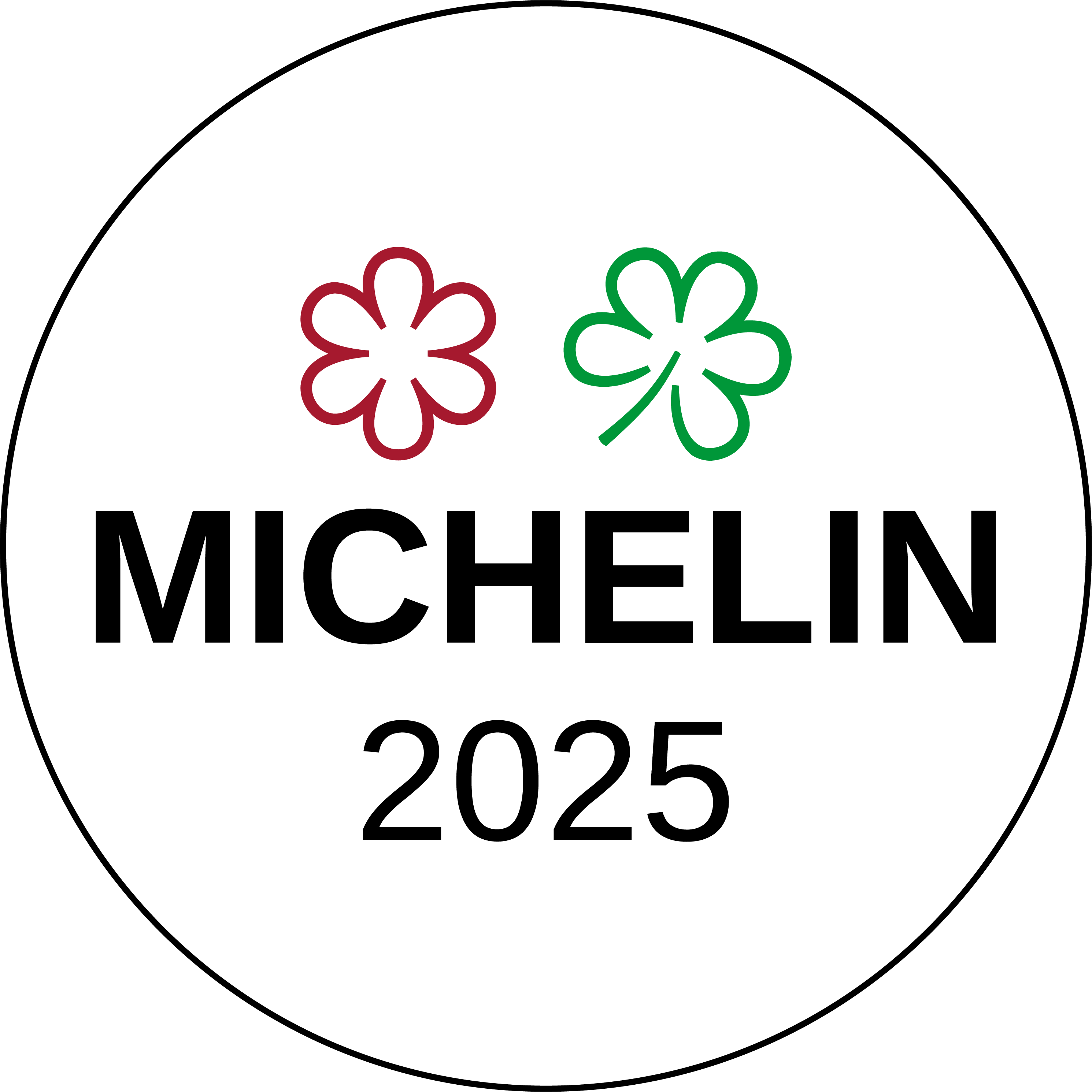Provence sites & lavender fields
Châteauneuf-du-Pape wine tour & tasting
The north of Provence, (“ Pays Vaison Ventoux” in French) is full of treasures.
In the heart of the Rhône valley, at the foot of the Dentelles de Montmirail and the Mont Ventoux, many picturesque villages are to be discovered.
ORANGE is the gateway to Provence and home to several roman monuments: The Ancient Theatre and the Arc de Triomphe, listed as World Heritage Sites by UNESCO.
Every year in June and July, Les Chorégies d'Orange, International Festival of Lyric Art festival, takes place in the ancient theatre.
The southern part of the Rhône-valley area, around Orange and Avignon, is home to some of the finest wines: Châteauneuf-du-Pape (the best-known vineyard in the southern Rhône Valley), Gigondas, Beaumes de Venise, Vacqueyras, Cairanne, Sablet, Séguret, Rasteau…
CHATEAUNEUF-DU-PAPE
The popes who, when installed in Avignon in the XIV century, revealed the exceptional terroir of Châteauneuf-du-Pape, the very first French appellation.
Châteauneuf-du-Pape is one of the largest areas in France and the largest appellation in the Rhone Valley, covering more than 3,000 hectares. Châteauneuf-du-Pape produces remarkable French wines, not only red ones but white ones as well. Among our favorite domaines : Château La Gardine, Château La Nerthe, Château Rayas, Château de Beaucastel, Domaine Beaurenard, Les Clos du Cailloux, Château Mont Redon, Domaine La Janasse...
Wine tours can be organised (even by sidecar) to discover the Châteauneuf-du-Pape AOC "Remarkable Site for Taste".
Châteauneuf-du-Pape is one of the major wine capitals of the world and a must visit, an extremely picturesque town with its castle, great architecture and a special atmosphere.
VAISON LA ROMAINE: 2000 years of history
Amongst "Most Beautiful Places in France", Vaison la Romaine is the largest archaeological site in France, located about fifty kilometres from the hotel.
To visit: the ancient site of Puymin, the ancient site of La Villasse, the Notre Dame de Nazareth cathedral and its cloister, the Roman bridge with its unique aqueduct. A visit to the medieval city and the castle of the XII century is a must.
CARPENTRAS
A town of art, gastronomy and history at the foot of Mont Ventoux. Carpentras is famous for its exceptional weekly market.
The DENTELLES DE MONTMIRAIL is an incredible natural site known worldwide for climbing, hiking and for being a land of vineyards: Beaumes de Venise, Gigondas, Séguret, most beautiful village in France... You should also visit Le Barroux and its superb castle.
The MONT VENTOUX, culminating at 1912 meters, dominates the landscape and is an exceptional mountain for outdoor sports. cycling, mountain biking, hiking and climbing.
